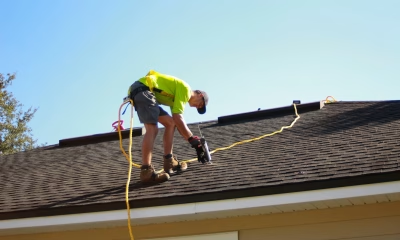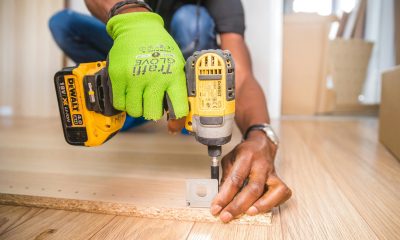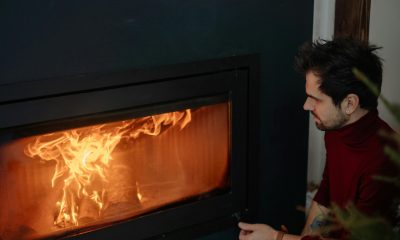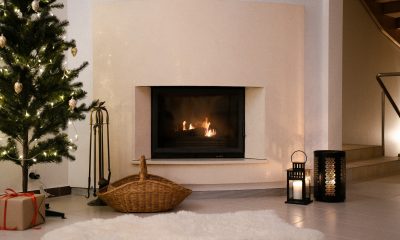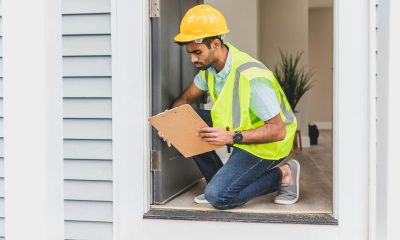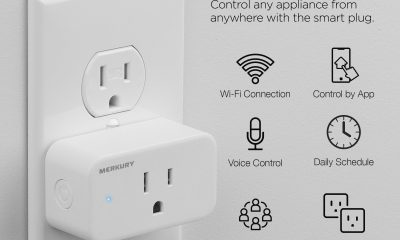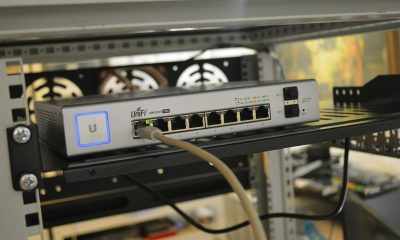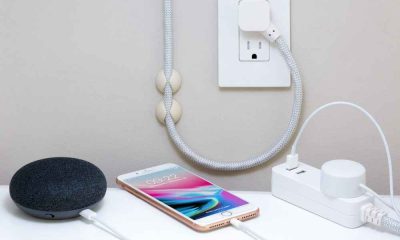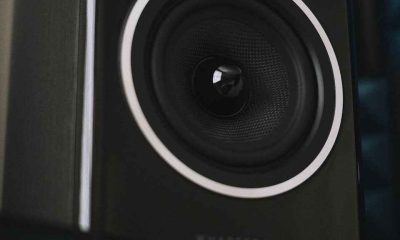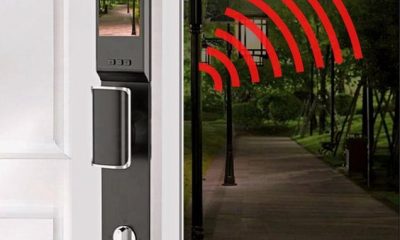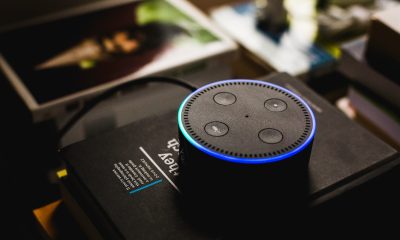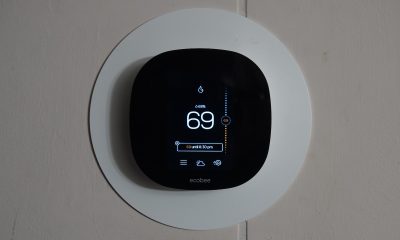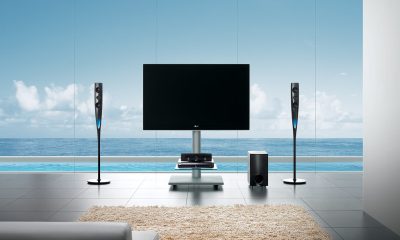Guides
How to Keep Your Home Warm in Winter Without Raising Energy Costs?
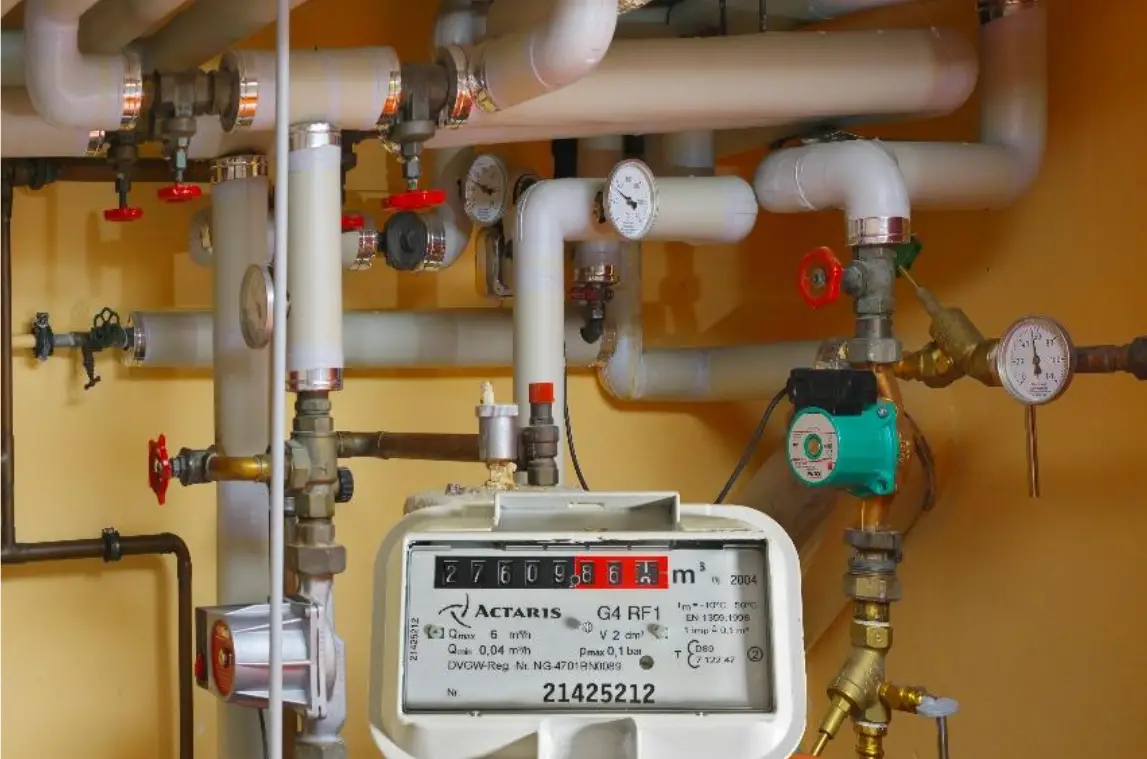
Winter can be cozy, but it also brings a familiar challenge: how do you stay warm without sending your energy bills through the roof? With energy prices rising and weather patterns becoming less predictable, many families are searching for ways to strike a balance between comfort and cost.
The good news is that keeping your home warm doesn’t always mean cranking up the thermostat. By combining insulation upgrades, heating system maintenance, smart technology, and everyday lifestyle habits, you can maximize warmth while keeping expenses under control.
This guide will walk you through proven strategies, personal insights, data-driven tips, and expert recommendations so your home stays cozy all season long.
Why Energy Efficiency in Heating Matters
Heating accounts for a significant portion of household expenses in colder regions. According to the U.S. Department of Energy, up to 42% of household energy use goes to heating in the winter months.
That means even small improvements like sealing leaks or adjusting thermostat settings—can lead to meaningful savings over time. And beyond financial savings, better efficiency reduces energy waste, making your home more environmentally friendly.
Monitoring and Adjusting Based on Weather Patterns
Keeping an eye on weather forecasts allows for proactive heating adjustments. Warmer days may permit lowering the thermostat or relying more on natural sunlight, while colder spells might require slight increases in heating output. By staying aware of external temperatures, it becomes easier to fine-tune energy usage rather than relying on a static setting.
Maintaining warmth without escalating energy costs is a matter of combining equipment efficiency, home improvements, and mindful daily habits. Each measure—whether it involves upgrading infrastructure, improving insulation, or making small lifestyle adjustments—contributes to a larger strategy of comfort and cost control.
Leveraging Passive Heat Sources
Daily activities can contribute to household warmth if leveraged effectively. Cooking meals in the oven, running the dishwasher, or doing laundry during colder parts of the day can introduce extra heat into the home. While these activities should not replace a heating system, they can provide supplementary warmth when coordinated with other efficiency measures.
Optimizing Heating Systems for Long-Term Efficiency
One of the biggest influences on home heating efficiency is the condition and capability of the main system itself. If the unit is outdated or underperforming, it can waste considerable energy while still struggling to maintain comfort.
In such cases, a well-timed heater replacement can transform both warmth and cost-effectiveness. Upgrading to a modern, high-efficiency model often pays for itself over time through reduced energy waste and steadier heat output. Pairing this with regular upkeep—like cleaning filters, checking thermostat accuracy, and ensuring unobstructed airflow—helps the system operate at peak performance, minimizing energy costs while maximizing comfort.
Graph: Household Energy Use Breakdown (Average Cold-Climate Home)
1. Insulate Your Home to Lock in Warmth
Heat naturally rises, and without proper insulation, much of it escapes.
Key Insulation Fixes:
-
Attic: Add fiberglass batts or spray foam.
-
Windows/Doors: Install weatherstripping and caulk gaps.
-
Floors: Use area rugs or rigid foam insulation for homes with crawl spaces.
| Area of Home | Common Problem | Simple Fix | Cost Savings Potential |
|---|---|---|---|
| Attic | Heat loss upward | Fiberglass or spray foam | 10–15% |
| Windows | Drafts, cold leaks | Weatherstripping, insulated curtains | 10% |
| Floors | Cold air rising | Area rugs, rigid insulation | 5–7% |
Personal Note: In my own home, sealing a single drafty window frame cut down on that “always cold” feeling in the living room—and lowered my energy bill by about 8%.
2. Upgrade and Maintain Your Heating System
Even the best-insulated home struggles if the heating system is outdated or poorly maintained.
-
Upgrade: Replacing an old furnace with a high-efficiency model (90–98% efficiency) can save up to 30% annually.
-
Maintain: Change filters every 1–3 months, clean ducts, and schedule professional tune-ups.
-
Smart Pairing: Combine with a programmable thermostat for optimized results.
Table: Heating Systems Compared
| System Type | Efficiency Range | Best Suited For | Longevity |
|---|---|---|---|
| Old Gas Furnace | 60–70% | Short-term fix | 15–20 yrs |
| Modern High-Efficiency Furnace | 90–98% | Most homes | 20–25 yrs |
| Heat Pump (Cold Climate) | 250–300%+ | Energy-conscious homes | 10–15 yrs |
3. Use Curtains and Blinds for Free Heat
Windows are energy weak points, but with a little strategy, they can help:
-
Daytime: Open south-facing curtains to let in natural sunlight.
-
Nighttime: Close insulated curtains to trap heat.
-
Blinds: Angle them downward to reduce drafts.
I tested this in my own home last January: leaving curtains open during sunny days raised the room temperature by 3–4°F, which let me lower the thermostat without noticing.
4. Smarter Thermostat Use
-
Lowering your thermostat just 2–3°F can save up to 10% on bills.
-
Program it to drop at night or while you’re out, then warm up before you wake or return.
-
Smart thermostats learn your routine and make micro-adjustments automatically.
5. Warm Yourself First
Before raising the heat, try adjusting your clothing and surroundings:
-
Layer up with thermal undergarments, socks, and sweaters.
-
Place fleece throws and blankets on couches and beds.
-
Use thick rugs on hard floors to reduce chill.
This simple shift means you can feel comfortable even with the thermostat set lower.
6. Improve Heat Distribution
Uneven heating is both inefficient and uncomfortable.
-
Run ceiling fans clockwise on low to push warm air down.
-
Keep vents unobstructed by furniture.
-
Adjust dampers in ductwork for better airflow balance.
7. Space Heaters: When and How to Use Them
Space heaters can be a smart choice if:
-
Only one or two rooms are in use.
-
You pick energy-efficient models with automatic shut-offs.
-
You avoid running them for extended hours.
Use them as a supplement, not a replacement, to central heating.
8. Control Humidity for Comfort
Dry air feels colder. By keeping humidity between 30–50%, the same temperature will feel warmer.
-
Use a humidifier.
-
Place indoor plants strategically.
-
Simmer water on the stove occasionally.
Balanced humidity lets you keep the thermostat lower without losing comfort.
9. Seal and Maintain Ductwork
Leaky ducts waste up to 30% of heated air before it reaches your rooms.
-
Inspect for cracks and loose joints.
-
Seal with foil-backed tape or mastic.
-
Clean ducts every few years for better airflow.
10. Harness Passive Heat Sources
Don’t overlook everyday household activities:
-
Cooking and baking add warmth.
-
Running dishwashers and laundry during the day provides extra heat.
-
Leave bathroom doors open after hot showers to let steam spread warmth.
11. Adjust Heating with the Weather
-
Check daily forecasts and lower the thermostat slightly on warmer days.
-
On very cold days, close off unused rooms to concentrate heat where it matters.
Lifestyle vs. Infrastructure: Which Matters More?
Graph: Energy Savings by Strategy (Typical Home)
Quick lifestyle changes help immediately, but infrastructure upgrades (insulation, new system) bring the biggest long-term savings.
Conclusion
Maximizing warmth without spiking your energy bill is all about layering strategies. From sealing drafts and upgrading insulation to using smart thermostats and making daily adjustments, each step makes your home more comfortable and cost-efficient.
Think of your home as a system: the more tightly it holds onto heat and the smarter you are about managing it, the more money you save while still enjoying winter comfort.
FAQs
Q1: What’s the cheapest way to keep warm?
Start with low-cost fixes like sealing drafts, weatherstripping, and using heavy curtains.
Q2: How much can a smart thermostat save?
On average, 8–12% annually—and up to 15% if you pair it with efficient heating habits.
Q3: Is upgrading insulation really worth it?
Yes. Proper insulation can reduce energy bills by 15–20%, paying for itself within a few years.
Q4: Should I replace my old furnace?
If it’s over 15 years old, likely yes. Newer models are more efficient and cost-effective long term.
Q5: Do humidifiers help save energy?
Yes. By making the air feel warmer, they allow you to comfortably lower the thermostat a few degrees.
-
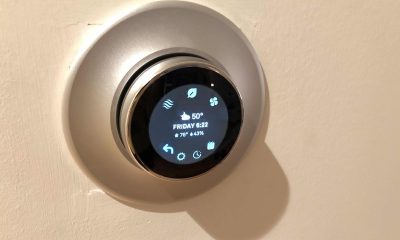
 Gadgets3 years ago
Gadgets3 years agoDoes Nest Thermostats Contain Cameras Or Microphones? Is It Safe For you?
-

 Guides1 year ago
Guides1 year ago10 Best Apps To Control All Your Smart Home Devices.
-
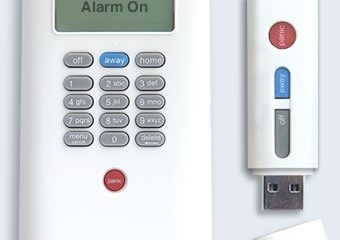
 Gadgets3 years ago
Gadgets3 years agoWhat Is The Purpose Of Red Button On The SimpliSafe Keypad?
-

 Gadgets2 years ago
Gadgets2 years agoComplete Guide About Equalizer settings for Samsung-Soundbar
-
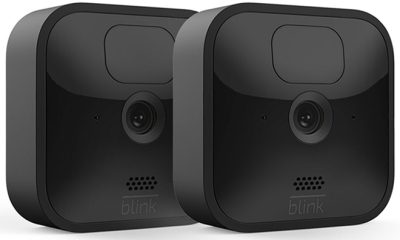
 Accessories2 years ago
Accessories2 years agoBlink Camera’s Temperature Sensor Settings, and More
-

 Solutions3 years ago
Solutions3 years agoWhy is My Samsung TV Picture So Dark? Exploring the Possible Causes
-

 Gadgets3 years ago
Gadgets3 years agoFitbit Symbols Meaning: What Do The Fitbit Icons Mean?
-

 Accessories2 years ago
Accessories2 years agoCan Siri Control Samsung Televisions And Are Samsung TVs Homekit Compliant?






